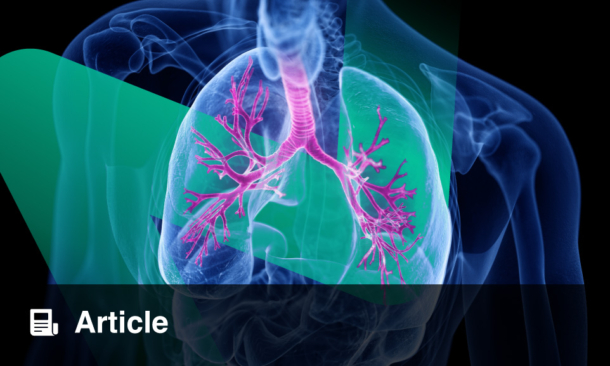A RECENT study revealed that an AI model can accurately predict lung function metrics such as forced vital capacity (FVC) and forced expiratory volume in 1 second (FEV1) from chest X-rays.
To evaluate the AI model, the researchers trained and tested it using 134,307 X-ray and spirometry pairs from three institutions in Japan. They further validated the model using additional data from two other institutions, comprising 7,427 pairs in total. The AI model’s lung function estimates demonstrated a high correlation with spirometry results, with Pearson’s correlation coefficients of 0.91 for both FVC and FEV1.
In terms of reliability, the model’s intraclass correlation coefficient (ICC) values were equally high, at 0.91 for FVC in one institution and 0.89 in another, with similar high values for FEV1. Other performance measures, such as mean square and root mean square errors, also indicated strong agreement between the AI model and spirometry.
The AI model’s estimations were slightly less accurate for patients with COPD, showing lower Pearson’s correlation coefficients, but were close to the overall population’s values for patients with asthma.
Additionally, the model achieved a high area under the receiver operating characteristic curve values, indicating strong performance in classifying FVC and FEV1 less than 80% predicted.
This breakthrough suggests that AI could simplify and enhance the accuracy of lung function testing, offering a non-invasive alternative to traditional spirometry, especially beneficial for patients who find physical exertion challenging. The researchers concluded that future studies should explore combining the AI model with clinical information and further test its performance across more diverse populations.
Aleksandra Zurowska, EMJ
Reference:
Ueda et al. A deep learning-based model to estimate pulmonary function from chest x-rays: multi-institutional model development and validation study in Japan. Lancet Digit Health. 2024;6(8):e580-8.







